adamziegler
Well-Known Member
This is my first time malting my own grains. I'm struggling to keep the grains from molding during the germination phase. Do you have this problem?
I am also interested in how mold is prevented.

This is my first time malting my own grains. I'm struggling to keep the grains from molding during the germination phase. Do you have this problem?
I'm struggling to keep the grains from molding during the germination phase. Do you have this problem? If so, do I just ignore the mold - because it dies in the drying process? I don't know!!!
I only have access to corn and wheat where I live. I haven't found any barley yet. So, for my first batch I purchased about 75 lbs of wheat for $5 at the local grain elevator. I took about 15 pounds put them in my brewing pot and covered them with water overnight. The next day, I spread them in the malting floor the next day. Each day I stirred them and dumped about a glass or two of water on them to keep them moist - maybe this was too much. How moist do you keep your grains during the germination phase?
I got the grains to dry and then the next day I poured 5 gallons of hot water over them and let them sit in a thermos/cooler at about 140 degrees F. I didn't get much specific gravity improvement over plain water. I let it sit overnight and the next day it smelled sour, but a little better (but not good) on the SG ~ 1.01 . I ended up throwing out the batch, fearing contamination.
The only things I could think of which I didn't do correctly were:
1. I had some mold in the germination phase
2. I didn't crack the wheat before mashing.
7. Was this wheat or corn? If wheat you are definately going to need to do one or more protein rests (i.e. 105F, 120F, 150F) as wheat does not have enough enzymes to convert it's own starch (typically). I wouldn't expect your S.G. to be large with wheat unless it is mashed with barley malt or other high enzyme producing malt to assist with it's conversion. (I don't use wheat very much so someone please correct me on this if it is awry) Also isn't 140 a tad bit low for conversion, typically it is 149 to 160ish?
El Zorro Sir;
3. One other thing that may help is to add bleach to the water during steeping and couching (1/4 tsp bleach to 5gal water should be sufficient) I have not tried this because I did not have the problem.
4. Is your water good? Do you drink it without any treatment? This will also matter.
5. I have not tried corn or wheat yet, I assume you got them to grow? I don't believe that amount of water is too much. You just want to keep them moist enough to keep growing and not dry out while also allowing them to breath.
6. I see nothing wrong with this part of your process (hopefully you are not sealing the couching floor too tightly?), however you do want to keep them cool as stated above, this will help keep the mold and bacteria/organisms at bay.
10. I believe any malt is always crushed/ground before mashing to aid in releasing the sugars.
Hope some of this helps, keep on malting!:rockin:
Note: Any or all of this may be in error as I am not a professional maltster.

#3. Instead of bleach, I tried H2O2 - hydrogen peroxide. I've heard benefits of using it over bleach i.e. 1. no smell 2. H2O2 breaks down into water and oxygen while boiling, thus leaving no harmful tastes.
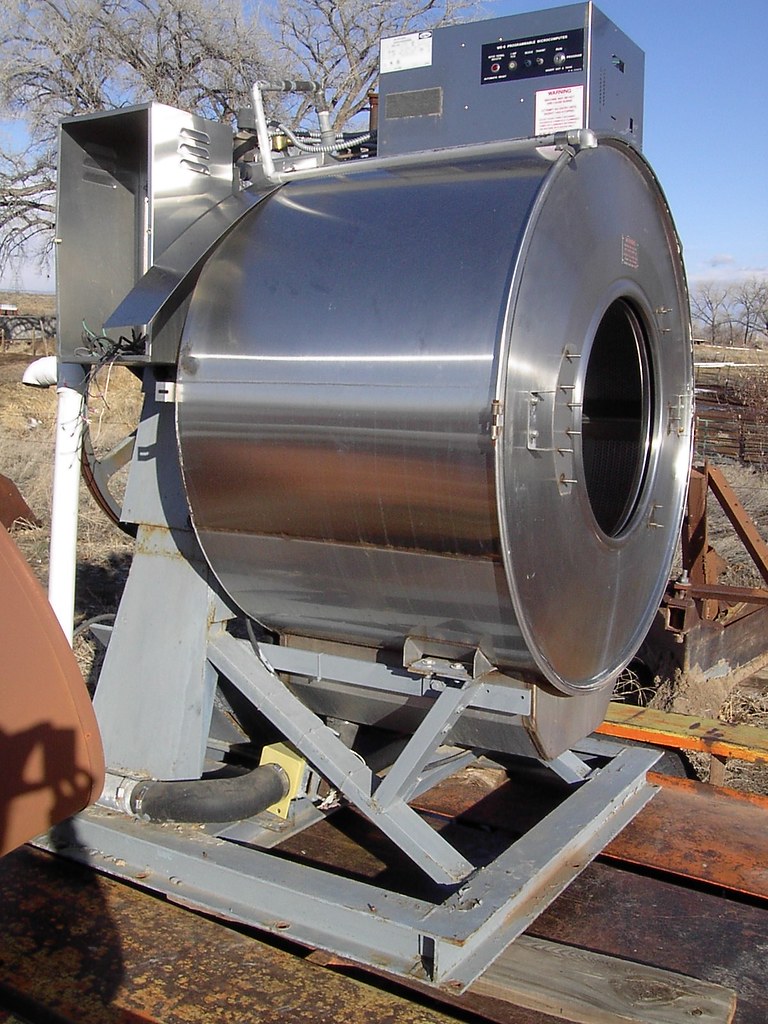

And I always thought happiness was a warm gun...
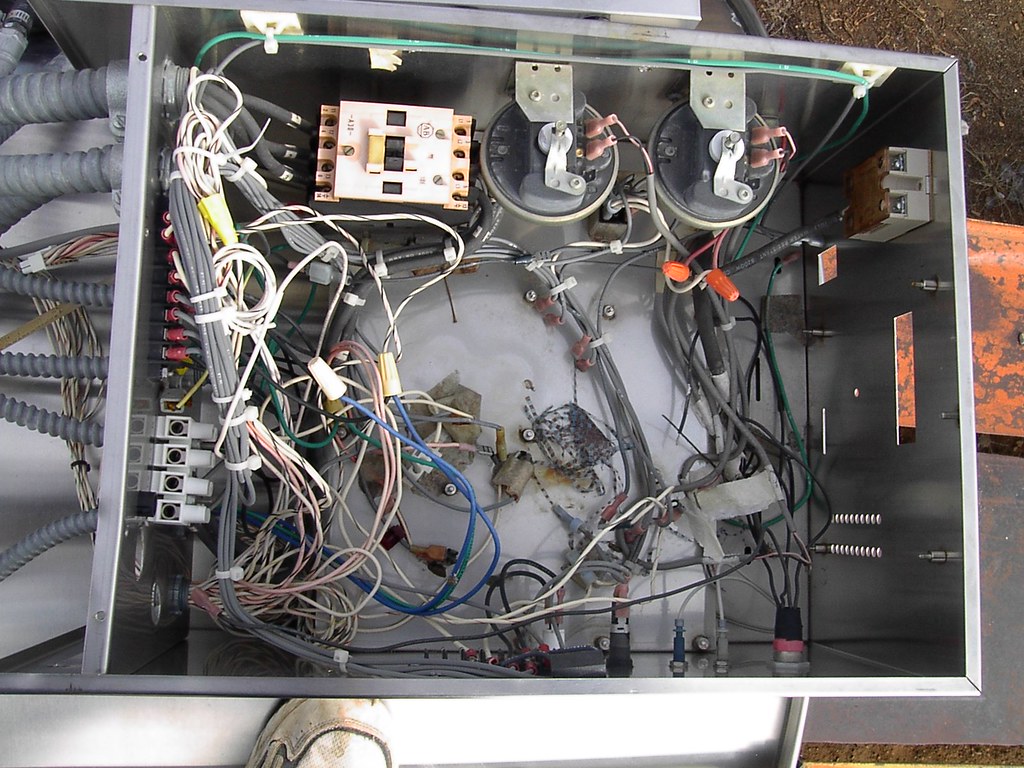
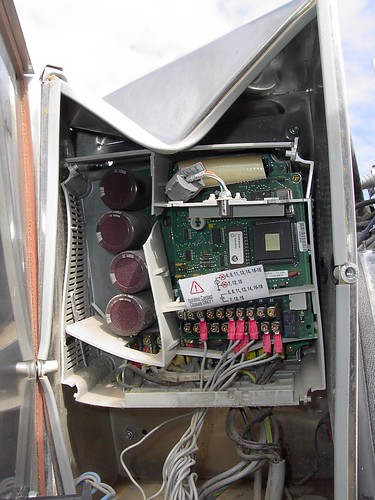
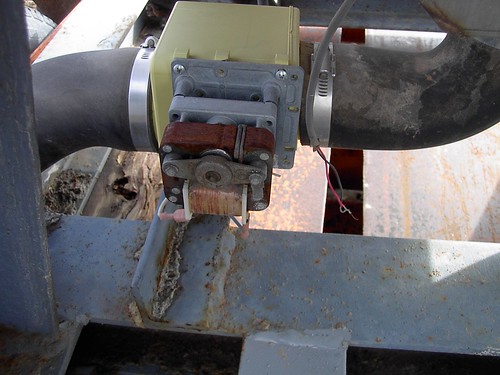
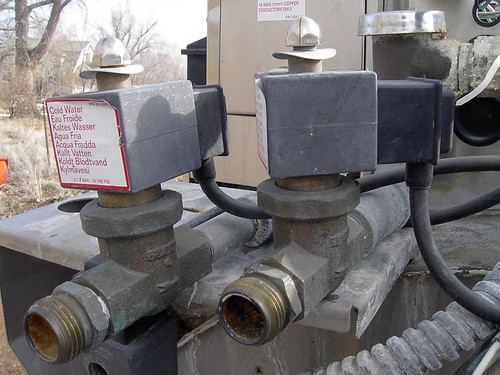
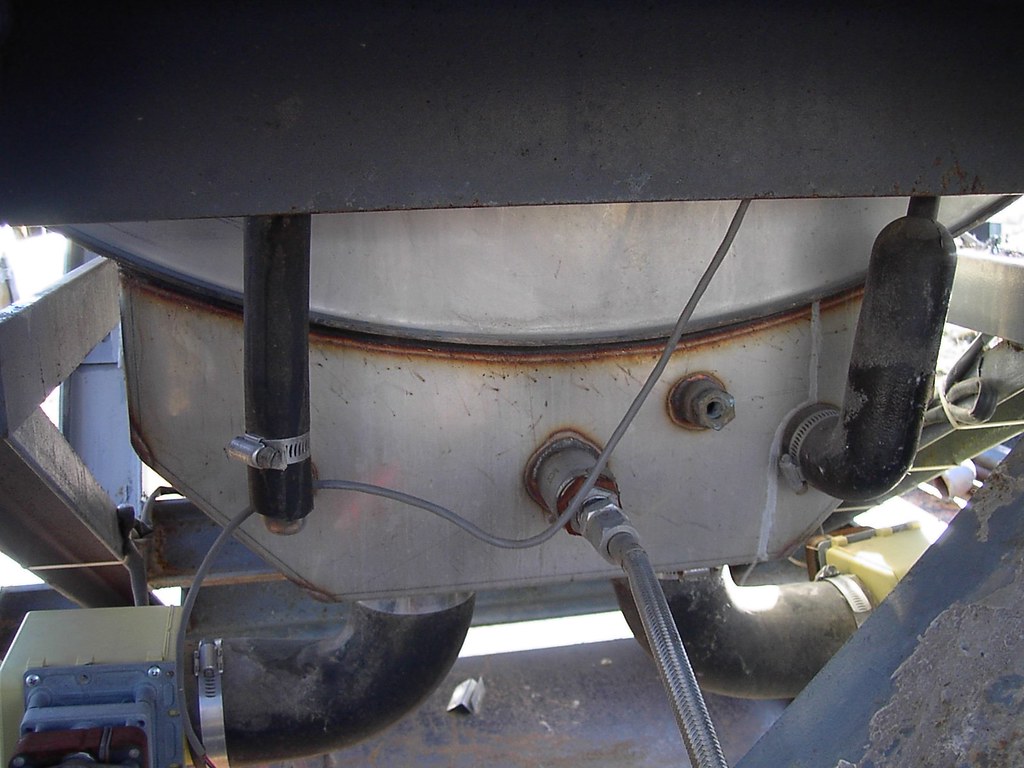
There's a lull on the action in this thread so I'll pitch in. I'd like to add a couple of bits of info if it helps anyone here connect the dots. I started home-malting because the price for 2-row here is about 4.50 a pound! DME is 8 dollars a pound!
1) I've been able to achieve efficiency in the low 50%'s consistently by allowing acrospire length to grow to the 80-100% range. Earlier I'd been jumping the gun at acrospire growth length of 60-75% previously. My worst was efficiency was 37% but I was also BIAB'ing at the time so take that with a grain of salt.
2) I'm an apt dweller here in Korea. Space is a premium so I'm only able to malt 5kg at a time. I have a dish dryer that I do my "kilning" in. My kilning temps are between 40-45c. That's my only kiln session and I do that for 36 hours.
3) I then spread them in a thin layer on the floor of my apartment and hit them with a fan to dry them out for 2 days.
4) I read somewhere, maybe this thread actually, that you should let them sit for a week before you use them. Something to do with off flavors.
5) If your eff% is low (it will be until you know your process) just use some DME to hit your gravity.
For what it's worth, I'm making the best beer of my life. I'm not sure if I'd home malt on such a small scale back home in Montana, but here in Korea, it's necessary. Don't let that talk you out of it though. COLObrewer has been doing some really great things with his home malting project. I think what talks a lot of people out of it is there are a lot of variables. My advice is to just go for it! Like I said, the best beer in my life! It's really nice to get one step closer to completely "home made". Malt on!
P.S Even though it's pretty specific to Korean conditions, this is my home malt contribution. If anything, it should definitely be able to help you out if you're in an apartment.
http://www.homebrewkorea.com/forums/viewtopic.php?f=2&t=394
i dry first with big fans and sunshine if avalabe, then i load the dry malt in to pillow sacks and tumble in the dryer on the highest heat setting for about 2-3 hrs.
Thanks for the tips! How long do you dry for with your big fan? Also, do you have a temperature estimate that your high setting on your dryer dries for? Malt on!

I was under the assumption that crystal malt was soaked in warm water then heated for 2-3 hours at 275f to "crystalize". Isn't a low temp kiln (90-130f) simply meant to halt conversion. At any rate, I'll try drying first then a short kiln.
 .
.. . . . . .
So I was collecting posts on the net, and here comes my first doubt: I found the most different and strange times of steeping and "breathing", some say 2 hours steep, others 8 hours, I even found a page where they say almost 24 hours!! Does it make any sense to you guys? What do you suggest?
!
And about the germination stage: any hint about how often spray your barley with water? I found a page where a guy says he closes the soaked barley in a black plastic bag, seals airtight and leave it alone for few days...

I found the same thing when I started, I think some of them are using an air stone (or other method) to aerate the water while steeping.
What if I leave the water running through the bucket? The flow of water should keep the seeds aerated. I think.


. . . . . . . .
I lost A LOT of seeds that were floating during the washing phase: could it be because I grew the barley myself? No idea.
. . . . . . . . .
Ok let's see the result of this first batch. Is there any way to judge the quality of malt, besides brewing it?

. . . . .P.S. Hows that laundry machine conversion going?


. . . . . . 1) the rootlets are of a greyish, weak color, I'd call it a dead color, very far from the lively white of the pics posted by COLObrewer; they are also quite dry. Is it because of the barley? Or more probably they drowned in the steeping process? The water has been flowing, but probably couldn't reach every point of the bucket; it should have been bubbling, but it would have required too much water. . . . . . .

Enter your email address to join: